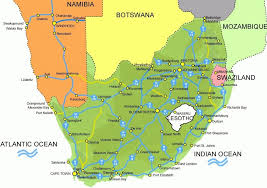São Tomé and Príncipe are the two main islands in the volcanic archipelago that makes up the country of the same name. It is located in the Atlantic Ocean off the western coast of Africa. The closest country is Gabon. 95% of the population lives on São Tomé. The entire country has a population of roughly 190,428 (2014 estimate). The land area of all the islands is about 372 square miles, or roughly the size of the Raleigh-Cary metro region in North Carolina. The capital city is São Tomé, which is also the largest city. The official language is Portuguese, but other recognized official languages include Forro (a Portuguese creole), Angolar (a creole spoken in Angola, and brought to São Tomé and Príncipe by Angolan slaves), and a few people, mainly on the island of Principé, speak Principense, another dialect of Portuguese-based creole. The principal religion is Catholicism left over from the colonial era, with a minorities of other Christian sects and Muslims. São Tomé and Príncipe became independent from Portugal in 1975.
Thought to be originally uninhabited, there was nobody living on these islands when discovered and colonized by the Portuguese in the 15th century. The first colonies were populated largely by "undesirables" from Portugal, mainly Jews. Originally the Portuguese set up vast plantations of sugar cane using slaves from the mainland, but soon competition from the West Indies made it unprofitable. After the sugar cane growing industry slowed in the 1700s, São Tomé e Principé became an important port in slave trafficking from mainland Africa to the New World. Coffee and cocoa were introduced as cash crops in the early 19th century, and they continue to be important to São Tomé and Príncipe's economy today, along with palm kernels (copra). Cocoa currently makes up 95% of São Tomé and Príncipe's agricultural exports. In the early 1990s, São Tomé and Príncipe was one of the first African nations to undergo democratic reform, holding their first democratic elections in 1991.
 |
| "São Tomé - Resort Pestana Equador" by jmaximo from Lisboa, Portugal - S. Tomé 1 110. Licensed under CC BY 2.0 via Commons |























